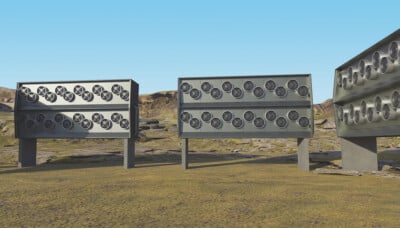Rescue From Above

- This drone saves lives
- Source: Everdrone

Sweden relies on drones to reach cardiac arrest patients even faster.
The Swedish ambulance service records around 6,000 cardiac arrests per year, with an average survival rate of just 10%. To reduce the time between the initial emergency call to patient care, Swedish drone developer Everdrone is collaborating with researchers from the Centre for Resuscitation Science of Karolinska Institutet medical university, the emergency service SOS Alarm and the V stra G taland Health Authority. They have been developing medical drones together since 2019 in order to reach an incident quickly, regardless of transport connections and capacity.
Heart disease and cardiac arrests are among the most acute emergencies. “The chance of survival decreases by about 10% with each minute that passes; so every minute, even second, counts” reflects Everdrone founder and CTO Maciek Drejak. It is because of this that the innovative drone system was integrated directly into the national emergency service. When a call is received by the Swedish emergency services, it is automatically forwarded to one of the SOS alarm centres. In the event of a suspected cardiac arrest, and if the incident site is located within the trial area, the life-saving drone is dispatched along with conventional emergency services.
In addition to defibrillators, autonomous drones can also deliver other medical supplies within a short period of time, making them suitable for a wide range of potential medical services. In a study carried out in 2020, the drone arrived on scene on average two minutes earlier than the ambulance. Those behind the project believe that this time saving can be increased to four minutes in the future. “I am convinced that a system like this will become part of standard emergency services in the future,” says founder Drejak.
The rescue drones can currently reach 200,000 people in Sweden. The service will be expanded to more locations in Europe later this year.















